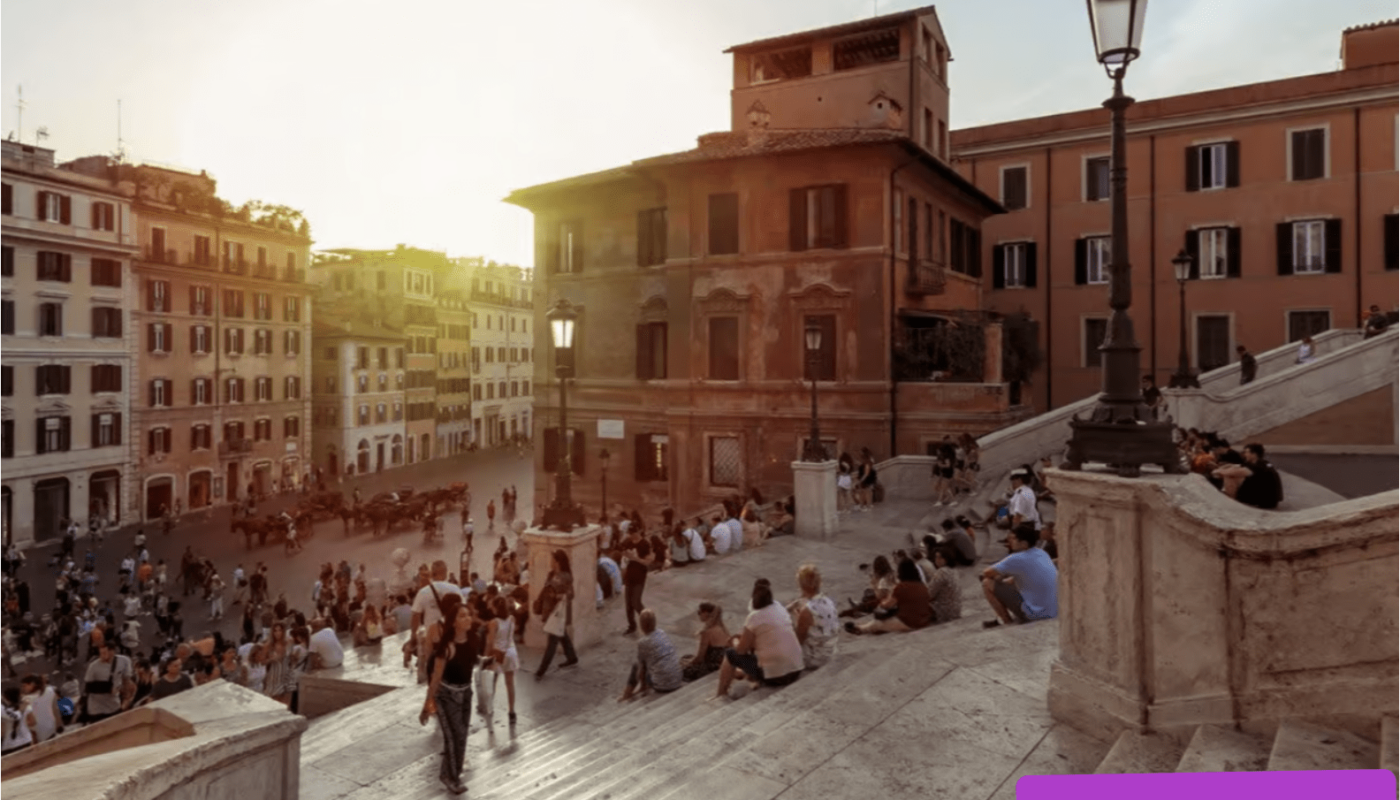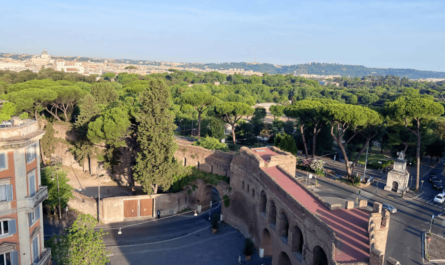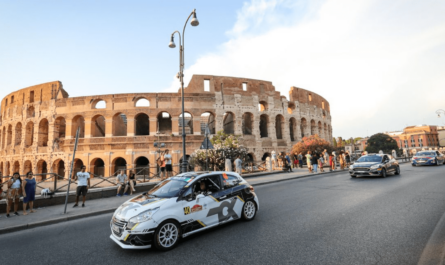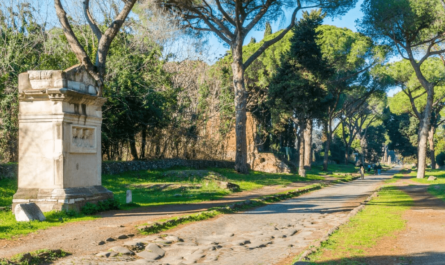Rome on a budget: If you’re looking to visit Rome without overspending, this guide is tailored for you.
From uncovering free activities to finding affordable dining spots, Rome has many options to help you save while still enjoying the city to the fullest. Even though Rome is known as a pricey European destination, with careful planning, you can explore the city on a budget without sacrificing the experience.
Planning Your Rome Trip on a Budget
Travel During the Off-Season
One of the best strategies for saving money on your Rome trip is to pick the right time to go. Traveling in the off-season, like in the fall or winter (excluding December), can result in lower prices for flights and hotels.
Fall and winter, particularly November, January, and February, are usually less crowded, allowing you to explore Rome’s attractions with fewer tourists and at a lower cost.
Explore the City on Your Own
Private tours can be convenient, letting you skip lines and see top sights quickly, but they often come with a steep price, especially for larger groups or families. To stay within a budget, consider exploring Rome independently. This approach gives you the freedom to visit sites at your own pace and avoid the higher costs associated with guided tours.
Purchase Tickets at the Gate
While fast-track tickets bought online can be more convenient, they often come at a higher price. If you have time and are visiting during a less busy period, buying tickets directly at the entrance can save you money, though you might need to wait in line.
For instance, a ticket to the Colosseum, which also includes access to the Roman Forum and Palatine Hill, costs 16€ at the gate versus 22€ online. Similarly, entry to the Vatican Museums is 17€ on-site, compared to online prices starting at 29€.
Look into the Rome Pass
For those interested in sightseeing, investing in a Rome pass, like the Roma Pass or the Omnia Rome + Vatican Card, can be an economical choice.
The Roma Pass, starting at 33€ per person, offers free entry to one or two attractions, free public transportation, and discounts on other sites. The Omnia Rome + Vatican Card, beginning at 129€, includes access to the Vatican Museums, a Hop On Hop Off bus tour, and more, making it ideal for those planning to see many attractions.
Make Use of Free WiFi
Rome has many free WiFi hotspots, so there’s no need to buy an Italian SIM card. Besides hotels and some museums, the city provides free WiFi in various public spaces, including landmarks, parks, libraries, and transportation hubs. For more details, check out our guide to free WiFi in Rome.
Getting Around Rome on a Budget
Use the Bus for Airport Transfers
Buses are a more economical choice than trains when traveling between the airport and Rome’s city center. Prices range from 6€ to 7€, depending on the service provider. For example, Terravision offers bus services to both Fiumicino and Ciampino Airports for 6€. SIT (Società Italiana Trasporti) charges 7€ for Fiumicino and 6€ for Ciampino, with the added perks of free WiFi and USB charging on board. Both services connect the airports to Roma Termini train station.
Rely on Public Transport
Rome’s public transportation system is both affordable and efficient. To save money, consider buying weekly or monthly passes, which give you unlimited access to buses, trams, the metro, and city trains. This not only saves you money but also time, as you won’t need to purchase individual tickets for each journey.
Choose Local Taxis Instead of Uber
While public transport is often the most cost-effective option, there might be times when you need a taxi, especially when heading to areas not well-served by buses or the metro, or when traveling late at night. In Rome, local taxis are generally cheaper than Uber, as Uber only operates luxury services in the city, which are more expensive than regular taxis.
Affordable Activities in Rome
Take in the Free City Views
Rome offers spectacular views from various free vantage points around the city, so there’s no need to pay for pricey rooftop bars. Some of the best free views can be enjoyed at the Pincio Terrace in Villa Borghese, Monte Mario Nature Reserve, the Garden of the Oranges on Aventine Hill, and Capitoline Hill, which offers an amazing view of the Roman Forum.
Visit Rome’s Churches
Exploring Rome’s churches is free and gives you the chance to see incredible art and architecture. From the grandeur of St. Peter’s Basilica to smaller local churches, each offers its own unique beauty. While some churches may suggest a donation, it’s not obligatory. Inside, you can admire masterpieces by famous artists like Bernini, Caravaggio, and Raphael.
Spend Time in the Piazzas
Rome’s piazzas are not just gathering spots but are also surrounded by stunning architecture and art. From the majestic St. Peter’s Square to the charming Piazza di Spagna at the base of the Spanish Steps, spending time in a piazza lets you soak in the local atmosphere. You can also people-watch and maybe even chat with locals, especially in more residential areas like Testaccio.
Explore Rome’s Fountains
Rome’s fountains are more than just decorative—they’re historical landmarks. Many were the endpoints for ancient aqueducts, like the Trevi Fountain for the Aqua Virgo. Others, like the Fountain of the Bees in Piazza Barberini, were public fountains providing water to residents. Each fountain has its own story, and exploring them is a fantastic way to experience the city’s history for free.
Walk Across Rome’s Historic Bridges
Rome’s bridges are not just crossing points—they’re architectural marvels filled with history. From the iconic Ponte Sant’Angelo to the ancient remnants of Ponte Rotto near Tiber Island, each bridge offers unique views and insights into the city’s past. Crossing a bridge in Rome feels like stepping back in time and offers numerous opportunities for photos.
Unwind in the City’s Parks
Rome’s parks, like Villa Borghese, Villa Pamphilj, and Villa Ada, were once the estates of noble families. Today, they are public spaces where you can relax, enjoy the greenery, and admire the historic buildings and fountains. While some parks have museums or ticketed landmarks, you can simply enjoy the outdoor areas for free.
Eating on a Budget in Rome
Sample Rome’s Street Food
Rome’s street food scene offers delicious and budget-friendly options for meals on the go. Whether it’s a slice of pizza al taglio, a panino, or a trapizzino, you can enjoy local flavors without spending too much. Street food is not only easy on the wallet but also saves you time, allowing you to see more of the city.
Take Advantage of Free Water Fountains
Rome’s city center is dotted with nasoni, small cast-iron fountains that offer free, drinkable tap water. Carry a refillable bottle and use these fountains to stay hydrated without having to buy bottled water.
Explore Food Markets
Rome’s food markets are excellent places to find affordable meals. Many stalls offer ready-to-eat dishes like sandwiches, pasta, and salads, which you can enjoy on the go or at nearby seating areas. These markets also provide an opportunity to sample local produce and experience the city’s food culture.
Opt for Aperitifs
Choosing an aperitif over a full dinner is a smart way to save money in Rome. Many bars offer aperitifs at a set price, which includes a drink and access to an unlimited buffet. This is a great way to enjoy a light meal before continuing to explore the city in the evening.
Saving on Accommodation in Rome
Stay Beyond the City Center
Accommodations in Rome’s city center or near popular landmarks like Piazza Navona, the Pantheon, and the Colosseum are usually more expensive. Consider staying in neighborhoods further from the historic center, like Garbatella, Ostiense, or Monte Mario, where hotel rates are lower and public transportation still provides easy access to the main attractions.
Seek Out Budget Lodging
Rome offers a wide variety of budget lodging options, including 2- or 3-star hotels, B&Bs, guesthouses, apartments, and hostels. To find the best deals, be open to staying in less touristy areas, where you can often find better accommodations at a lower price.
Consider Renting an Apartment
Renting an apartment can be an affordable option, especially if you plan to stay in Rome for a week or more. An apartment gives you the flexibility to cook your own meals, which can save money on dining out. This option is ideal for longer stays, but if you’re only in Rome
for a few days, consider short-term rental apartments, which are often cheaper than hotels.



